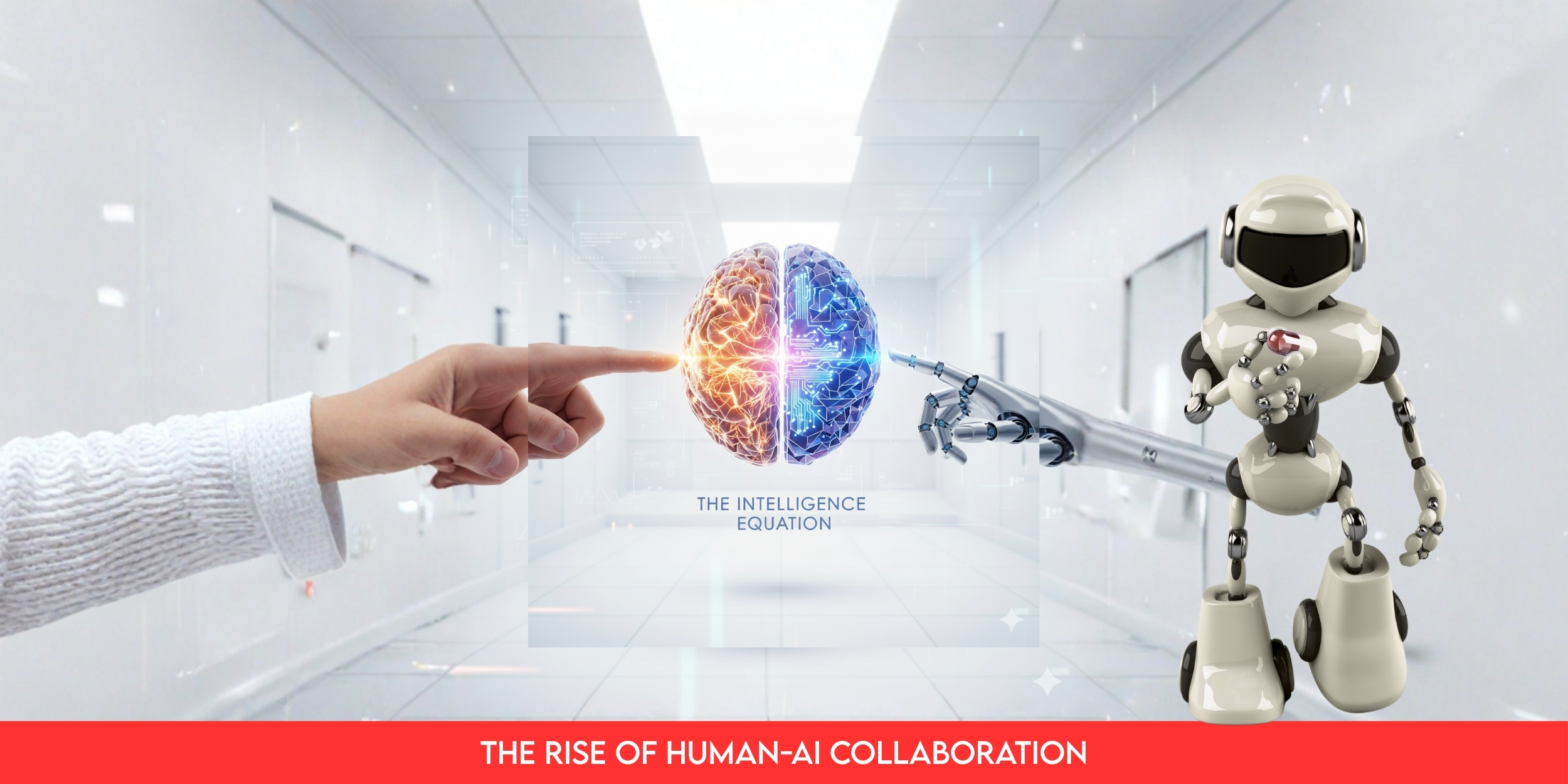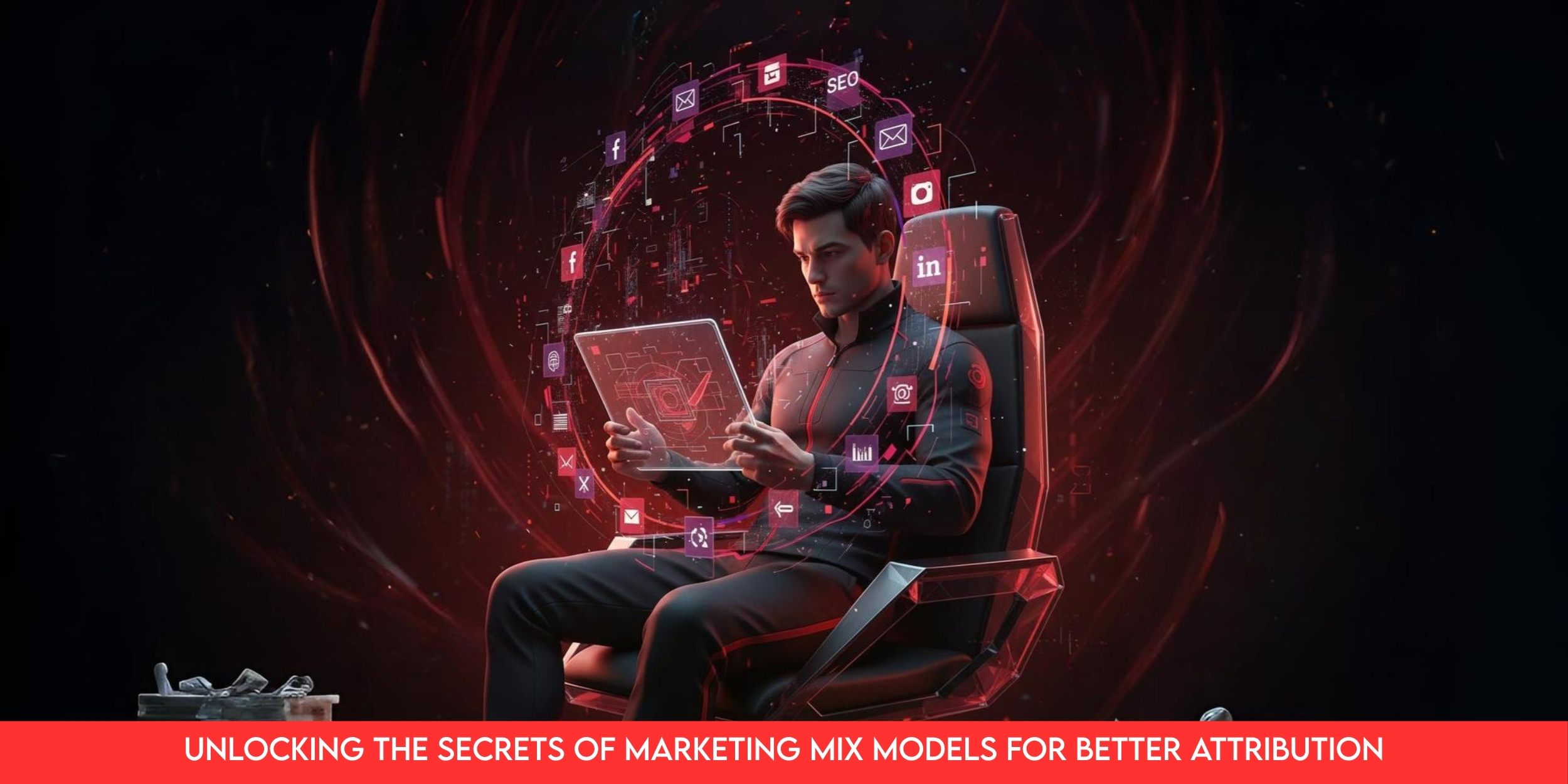
When You and a Machine Become Best Buddies: The Rise of Human-AI Collaboration
Picture this: you and a super-smart machine teaming up like best mates, each covering the other’s weak spots. This isn’t sci-fi—it’s happening right now and it’s making us better at what we do.
Think of a chess pro paired with a computer in the “centaur” style. The human brings clever ideas and hunches; the machine crunches options in seconds. Together, they beat even the top solo players.
In hospitals, doctors lean on AI tools to spot illnesses in scans faster, helping save lives every day. On the open road, truckers use smarter routing tech to save fuel and cut pollution keeping things greener without extra hassle. The secret? Building trust, learning from one another, and staying active in the game. It’s about boosting our strengths, not replacing them.
1. Why human-AI collaboration matters
Machines thrive on scale and speed. They can process millions of data points, identify patterns, and run predictions in seconds. Humans, on the other hand, excel at judgment, ethics, creativity, and empathy.
That’s why human-AI collaboration sometimes called human-machine symbiosis is the sweet spot. It’s not humans versus machines; it’s humans with machines.
In business:
You bring the narrative, emotion, and strategic clarity.
The AI system handles repetition, analytics, and optimization.
Together, you create something faster, smarter, and more adaptive than either could alone.
This is what augmented intelligence really means machines amplify human abilities rather than replace them. Hybrid teams like these consistently outperform solo human or solo machine setups.
2. A short history of AI
Let’s trace how this partnership began.
1950s - Birth of AI: The term artificial intelligence emerged at Dartmouth College in 1956. Early researchers dreamed of machines that could simulate human reasoning.
1960s - Man-computer symbiosis: J. C. R. Licklider predicted that humans and computers would form a “tight coupling.” His vision was the seed of today’s human-AI teaming.
1980s-1990s - Machine learning: As computing power grew, algorithms learned to find patterns in data rather than rely on prewritten rules.
2000s - Big data + neural networks: Massive datasets and cheaper hardware pushed machine learning into mainstream business and research.
2020s - Human-centered AI: Focus shifted from machines mimicking humans to machines supporting humans. We now talk about symbiotic AI systems and AI-augmented workforces.
AI’s evolution mirrors our growing understanding that progress happens faster when humans stay in the loop.
3. Real-world collaboration: humans and AI on the same team
One striking case comes from healthcare diagnostics. A major medical lab integrated an AI image-analysis platform to support its pathologists.
The AI reviewed thousands of scans daily, highlighting anomalies within seconds.
Human experts reviewed those flags, applying clinical judgment and context.
Error rates dropped; turnaround times improved; accuracy soared.
This model—human oversight, machine assistance is now the foundation of many sectors, from finance to logistics. NatWest Bank, for instance, uses AI to assist customer service and fraud detection. Humans supervise, interpret, and adapt the AI’s insights. The result? Faster support and happier clients.
That’s human-AI collaboration at work: people stay creative, machines stay tireless.
4. The building blocks of successful human-AI teaming
Human-AI teaming succeeds when roles are clear, trust is strong, and learning never stops.
a. Clear task allocation
Machines handle scale, repetition, and pattern detection. Humans handle context, nuance, and moral judgment. Clear division prevents confusion and bias loops.
b. Trust and transparency
Humans must understand how AI reaches its conclusions. Explainability builds confidence; blind automation erodes it.
c. Continuous learning loop
AI learns from feedback. Humans learn from data. The loop keeps the collaboration adaptive. In content strategy, for example, AI tracks engagement trends while strategists adjust tone, message, and narrative.
Together, they create AI-augmented human skills that keep improving over time.
5. The road to 2030: what lies ahead
By 2030, the future of work with AI won’t be theoretical, it’ll be the norm. Expect:
Hybrid teams everywhere: AI tools embedded into daily workflows; humans steering the big calls.
Creative focus: Machines handle grunt work, freeing humans for idea generation and strategy.
Adaptive systems: Symbiotic AI systems that learn from human corrections in real time.
Regulated collaboration: Policies ensuring fairness, transparency, and ethical accountability.
New roles: AI interpreters, human-AI workflow designers, ethics officers—roles that bridge creativity and computation.
Higher expectations: Customers will expect seamless, human-guided automation rather than soulless bots.
The AI-augmented workforce will redefine efficiency not as working faster, but working smarter together.
6. Turning AI Into Your Creative Wingman
AI doesn’t replace your edge, it scales it. To make it your best teammate:
Let machines mine, not define.
Use AI for research, keyword analysis, content outlines, or performance tracking. It uncovers insights, but you decide which ones matter.
Keep the story human.
After AI delivers raw input, add emotion, humor, and intent. Machines predict trends; humans provoke thought.
Build a rhythm, not chaos.
Create a repeatable workflow:
AI gathers data and drafts.
You refine and edit.
Content goes live.
Feedback loops back into the system.
Make collaboration your edge.
Present your agency as “human creativity powered by smart machines.” Clients care about impact, not jargon.
Educate the team.
Writers and editors should understand AI’s role—not fear it. The magic happens where automation meets artistry.
Show your process.
Share behind-the-scenes glimpses of your human-AI workflow. Transparency builds trust and positions your brand as forward-thinking.
This is where strategy meets technology, the practical shape of human-machine collaboration in modern creative work.
7. Applying it in your world
If you run a content or marketing agency, here’s how to put this model to work:
Audit your workflow. Identify repetitive or data-heavy tasks where AI can assist—content research, A/B testing, SEO optimization.
Choose your AI partners wisely. Pick tools that integrate easily with existing systems and offer explainability.
Start small. Automate one process, monitor impact, and refine before scaling.
Track performance. Measure time saved, content reach, and engagement quality. Use this data to justify scaling the partnership.
Document and share results. Clients and audiences appreciate real stories of how human-AI teamwork improves value.
Each small success builds trust and demonstrates how AI in decision-making can be human-centric, not machine-led.
8. The ethical checkpoint
As human-AI teaming grows, ethics can’t be an afterthought. Humans must remain accountable for outcomes, not delegate blame to algorithms.
Key principles:
Fairness: monitor bias in training data.
Transparency: disclose when AI assists.
Oversight: ensure humans have the final say on decisions that affect people.
Ethical alignment keeps AI and human partnership sustainable and trustworthy.
9. Wrapping it up
Machines process scale. Humans process meaning. When they collaborate, both evolve.
Human-AI collaboration isn’t about automation, it’s about amplification. The best results come when you treat AI as a partner that expands your perspective, not a replacement for it.
By 2030, the most successful businesses will be those that blend algorithmic precision with human depth. Whether you’re in marketing, design, or operations, that’s the team worth joining.




